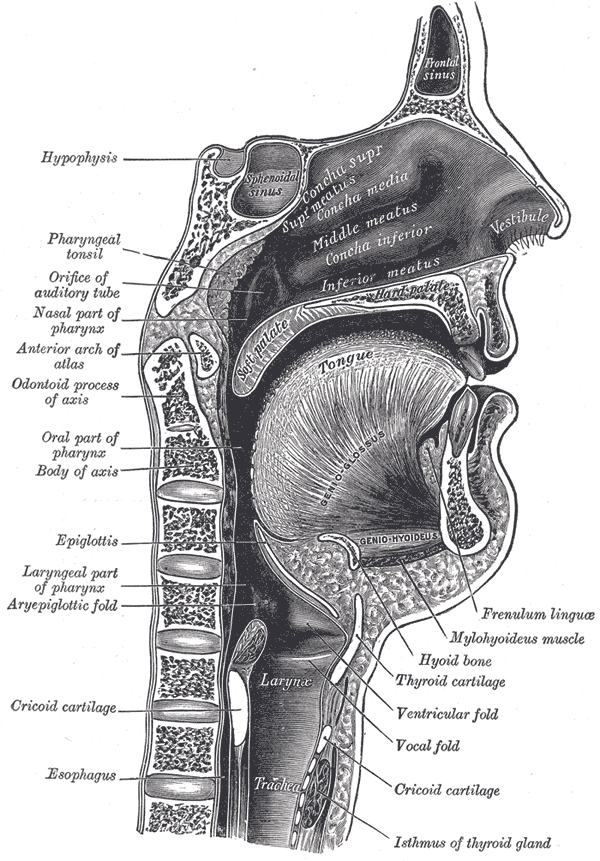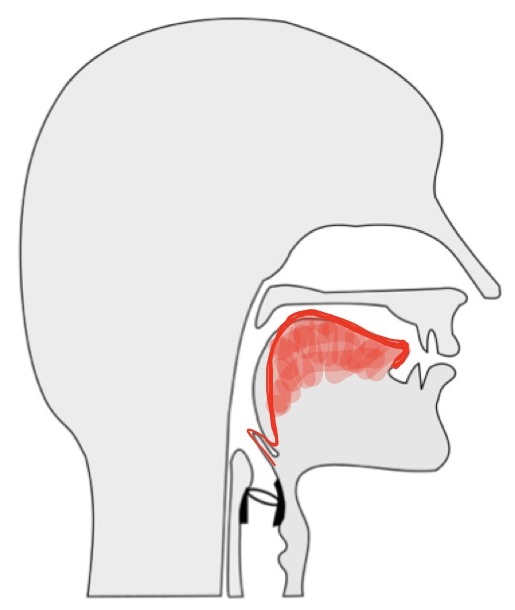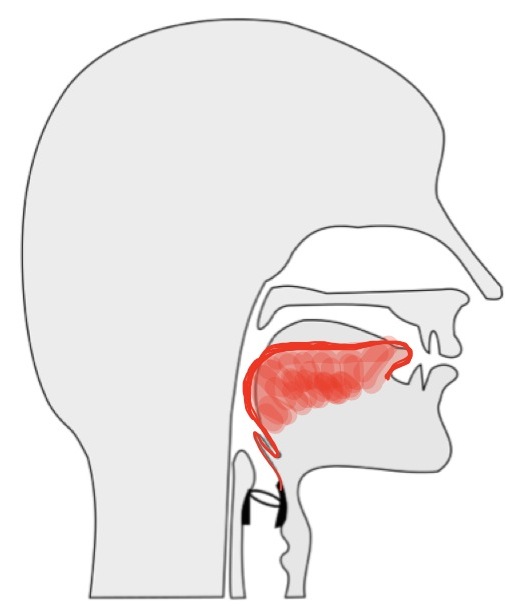Let me tell you about the house in my imagination. You enter from any old closet. Make your way behind the hanging clothes. Find the small door. Get down on your hands and knees and crawl through; yes, it’s dark, but take courage! At the end, you find a door with an iron latch that leads to an attic under a peaked roof, with a window at the end letting in some light. There’s enough headroom in here for you to dust off your knees and stand up. In the middle of the floor is a staircase; follow it down a short flight, around a turn to the left, and you come into a large room with vaulted ceilings, filled with tables covered in old kitchen implements. The roof is a shambles, and vines drip down into the room from the missing sections; duck around them and take a gander at the stuff on the tables: Maybe you’ll find the perfect old teapot.
Once, a voice teacher, trying to help me develop my resonance, suggested that I imagine a huge house in the back of my head. “Right now, you’re just resonating in the kitchen,” she said. “Can you resonate in the whole house?”
She was asking me to call upon a mental image as a way of producing a change in my physical self-awareness, in my movement, and in my sound. Such mental imagery can be an incredibly powerful tool, and it’s one that all singers use. However, in order for it to be effective, it needs to be attached to real information about the body, and it has to be meaningful to you in a way that both makes your mind want to sit up and sniff the air, and is relevant to the movement change you want to make. My teacher’s suggested image of a “big house in the back” certainly caught my mind’s attention. Alas, she had no way of knowing that in my case this particular image would leave me crawling through secret passages and examining old spatulas. Metaphorical images like this one (there’s no actual house back there) are very personal. What works for one person may not work for another.
One of the challenges of working with the body is you can’t just look at things. You can’t, say, take apart your hip joint, as you would an old clock, in order to figure out what is twanging in there.
Luckily for us, other artists and scientists have been studying our insides for hundreds of years, cutting up the bodies of those who no longer need them, and in more recent years, developing non-invasive imaging technologies that can help us see inside the body in vivo. We can study this work to help us develop a clearer image of our own bodies, a repertory of anatomical imagery we can use to increase our sensory awareness, so we can learn to see with our minds the parts of our bodies we can’t see with our eyes.
So.
Let’s turn away from the table laden with old egg beaters and wooden spoons and see if we can develop an anatomical image of the oropharynx, the “big house in the back.”
Oropharynx
The oropharynx is an important area of resonance for the voice, in the throat, behind the tongue. In this drawing, it is labeled (on the left) “oral part of the pharynx.”
Some things to note: the tongue is a lot bigger than what you can see in the mouth. It forms the anterior (front) wall of the oropharynx, and its movement is part of how this entire area changes shape as we make different vowel sounds.

Here I’ve drawn in the tongue position for the [i] (as in tree) and [a] (as in father) vowels respectively. You can see that in the oropharynx, the [i] vowel has the larger space. When the tongue is in the [a] position, it’s moving back towards the spine.


For an in vivo demonstration, I recommend the following video made by the the good folks at the Speech Production and Articulation Knowledge Group at the University of Southern California School of Engineering. It shows a real-time MRI of the vocal tracts of two different singers, one trained in a European classical tradition, and the other a beat boxer. The classical singer performs “O mio babbino caro.” Note how the space in the oropharynx changes between the [i] of mio and the [a] of caro. We often think of the [a] vowel as being the most open, and in the oral cavity, it is. In the oropharynx, on the other hand, it is the most narrow vowel.
After last week’s post on Singing and Wine, you have perhaps been sniffing at the world in a different way. Using the process of smelling can also be a good way of increasing your proprioceptive sense of the oropharynx.
Picture the vocal tract and oropharynx in your mind. Then inhale through the nose, feeling the air move against the mucosal lining of the nose and throat. Famed vocal pedagogue Richard Miller has a nice version of this exercise in The Structure of Singing (page 62):
With lips closed, breathe through the nose as though slowly inhaling a pleasant aroma; maintain a pleasant expression on the face without actually smiling.
(Just to be contrary, I tried this exercise while sporting a grimace. It still works, though the expression on your face probably won’t help your singing.)
Rather than thinking of the oropharynx as a large space, which can lead students to try and make it yet bigger, by hook or unnecessary crook, I like to focus on just experiencing its existence, and how much it moves when I sing and speak.
So get thee to the oropharynx and try on a little vowel dance!